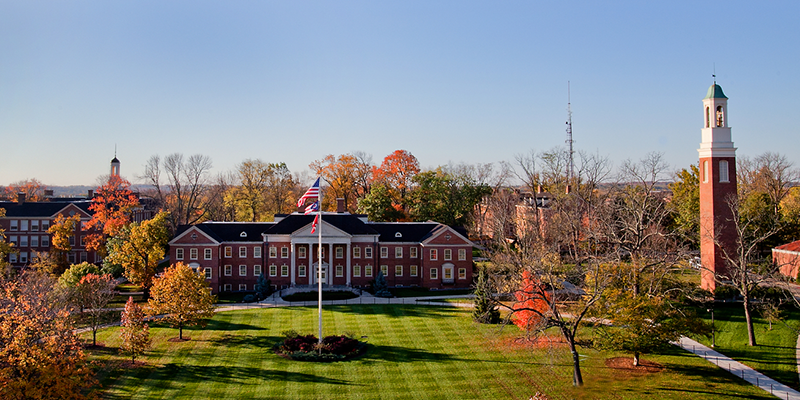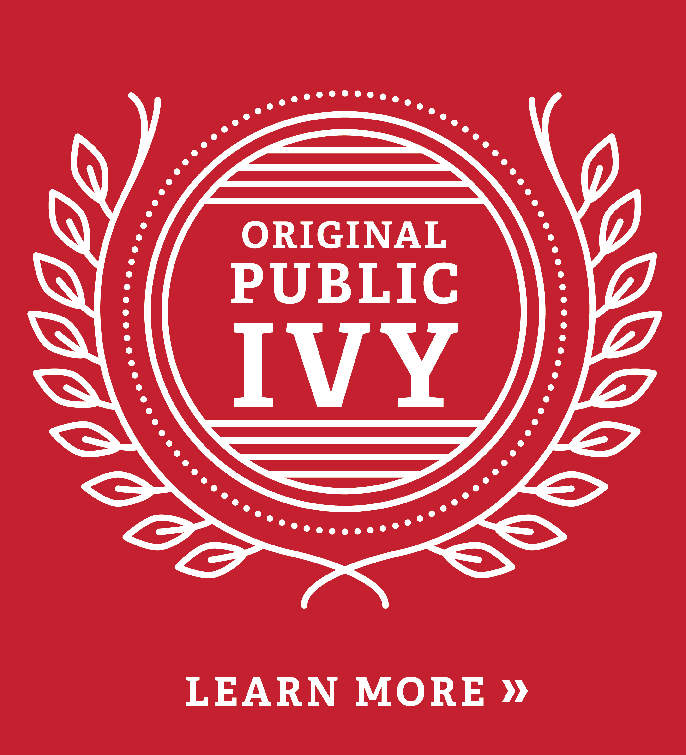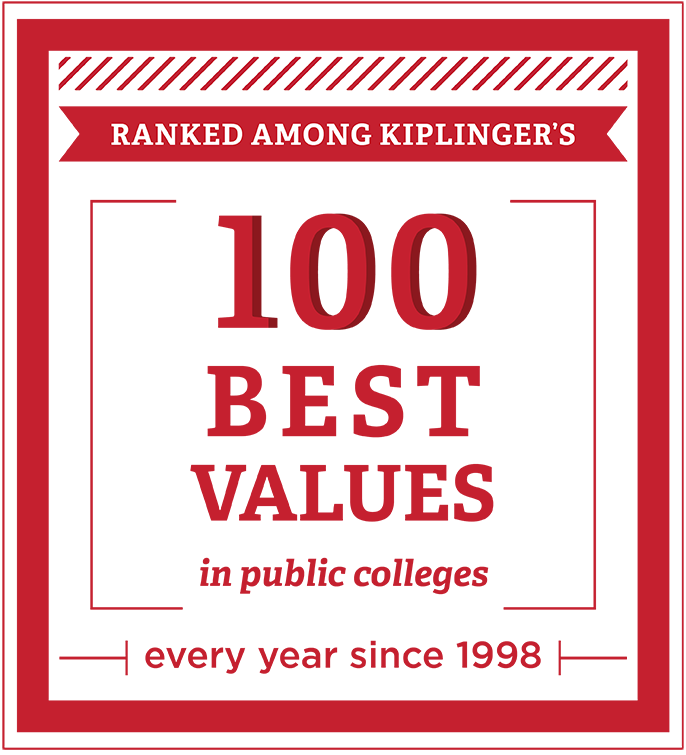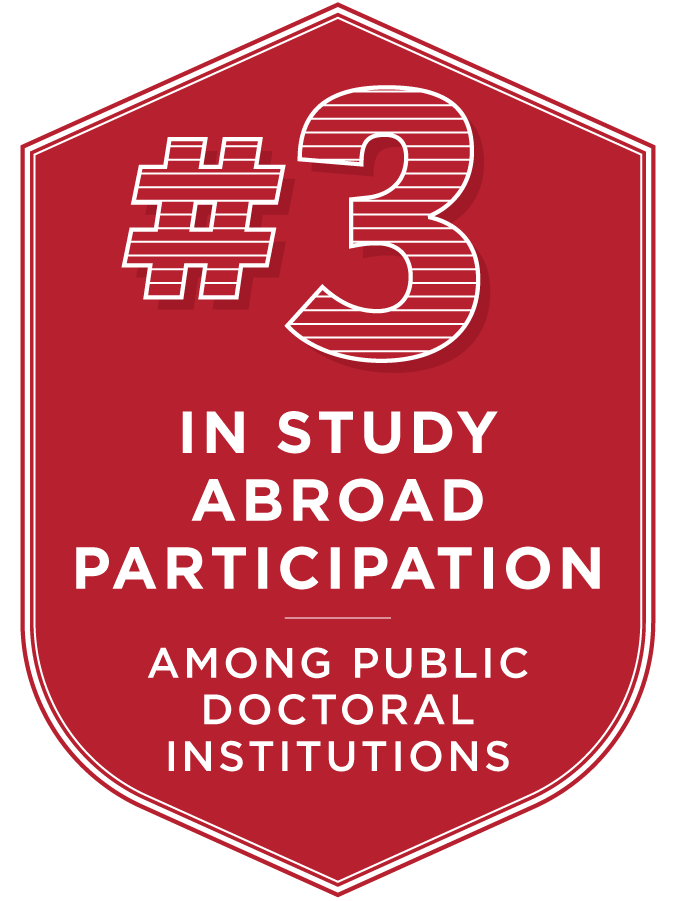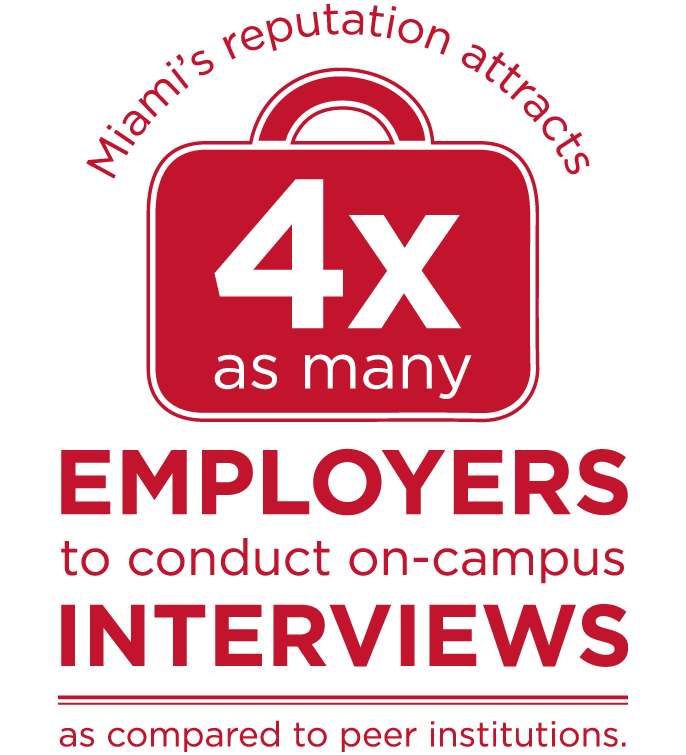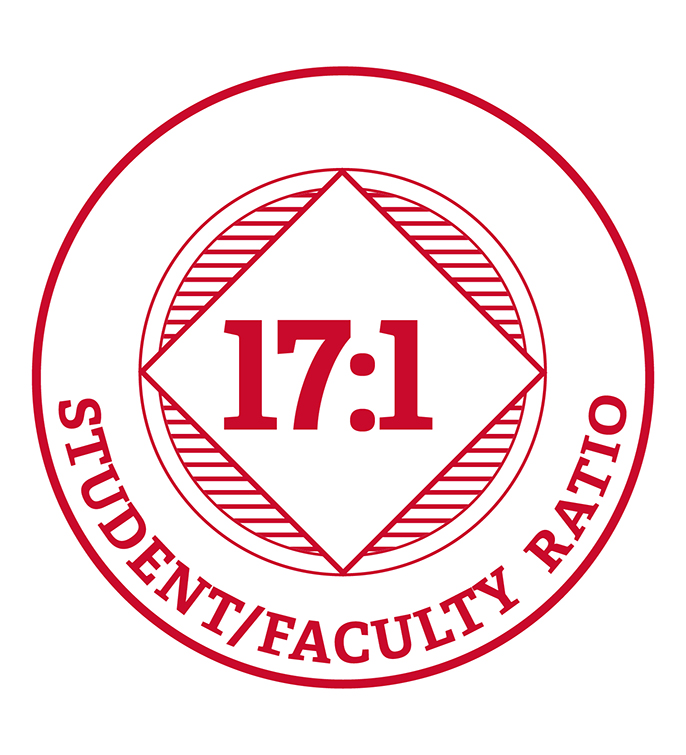Annual Address 2015
David C. Hodge
September 9, 2015
Curiosity
As any parent can relate, children are born with an innate curiosity. The world is filled with new things to discover, and they are uninhibited in their curiosity with an unlimited capacity for asking “Why?”
Sadly, this curiosity declines significantly as we grow older, even though curiosity is the engine of creativity and innovation. And with the decline in curiosity we see a significant decline in creativity and other behaviors – like laughing! Albert Einstein famously declared, “I have no special talent, I am only passionately curious.” I don’t think any of us would agree that Einstein had no special talent, but it is a powerful statement of the role of curiosity in shaping his “habits of mind.” Perhaps even more illuminating are the comments of Leonardo da Vinci, whose breadth and depth of creativity and innovation is perhaps unmatched in history. He reflected,
"I roamed the countryside searching for answers to things I did not understand. Why shells existed on the tops of mountains along with the imprints of coral and plants and seaweed usually found in the sea. Why the thunder lasts a longer time than that which causes it, and why immediately on its creation the lightning becomes visible to the eye while thunder requires time to travel. How the various circles of water form around the spot which has been struck by a stone, and why a bird sustains itself in the air. These questions and other strange phenomena engage my thought throughout my life."
Recognizing the power of curiosity, a central theme of the Top 25 Initiative was to promote inquiry-based education. In its simplest form, inquiry-based education is about shifting from a curriculum of topics to be learned to a curriculum organized around questions. This changes the student’s experience from a passive to an active mindset. As one of our faculty put it, “Learning is not a spectator sport.” Rather, an active, inquiry driven mindset is all about asking questions and recognizing that the answer to one question is likely the basis for another. It is also an invitation into a world of uncertainty because we assume that some things are unknown. Why is that? What do we need to know? Such questions are stimulated by and in turn stimulate curiosity. A fine example of an inquiry-driven approach is Chemistry 231, where students work in groups to solve a laboratory problem, rather than observing an experiment as they simply step through a prescribed template of procedures.
The impact of inquiry-driven pedagogy is further enhanced by the interplay with experiential learning. As the ancient proverb puts it, “I hear, I forget. I see, I remember. I do, I understand.” At Miami we have been very actively encouraging and adopting experiential and project-based learning. The “doing” of things, especially those experiences and projects that have no “right” answer, provides a context in which curiosity, and hence creativity and innovation, flourish. This approach is especially prevalent among many of our capstone courses.
So how do we stimulate this environment further? The most obvious answer is to push for even more adoption of inquiry-driven approaches throughout the curriculum and for more and better experiential learning opportunities. We should also, I argue, continue to expand research opportunities for students with faculty. How better to immerse them in a world of inquiry? These improvements will continue to add momentum to developing that “vibrant learning and discovery environment” that marks Miami.
A perhaps not-so-obvious answer is to prepare students for this curiosity-based “habit of mind” that we seek to create. One of the Top 25 Initiative faculty asked a very provocative question, “When do we tell them (the students) what we expect of them in terms of how they will approach their studies?” The sooner that the students understand this habit of mind, the more and more deeply they can participate in that vibrant environment.
How do we present this expectation as an attractive option for academically ambitious prospective students? How do we use orientation and convocation to “set the tone” for them? How do we make our web pages, departmental descriptions, and other publications and websites re-enforce and celebrate inquiry and curiosity? As we project this habit of mind we are not only establishing the primacy of creativity, discovery, and innovation, we are also strengthening the underlying motivation for students. Let me turn to that quality next.

